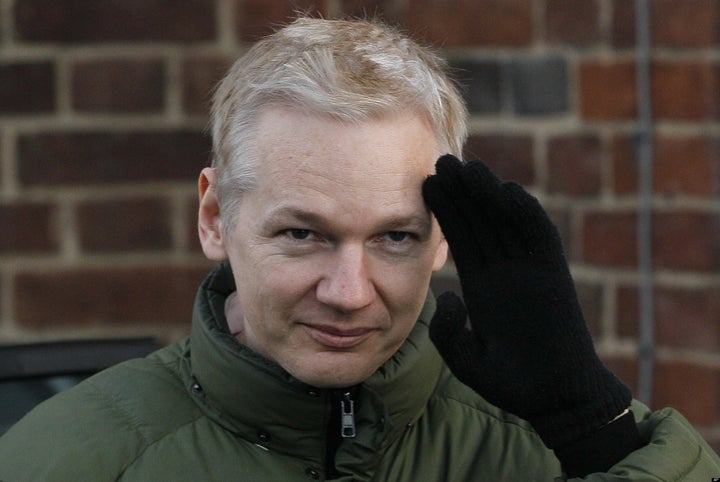
Free, Lauren Cornell's prescient show at The New Museum in New York, is the museum show of our times, presaging the whole WikiLeaks dustup, and showing the shifting power dynamics and the glimpse of the human in a world of flowing data.
The show assembles works with insight into the current digital and data culture; as Cornell says in her essay written for Free "The internet is not just a medium, but also a territory populated and fought over by individuals, corporations, and governments; a communications tool; and a cultural catalyst." The quintessential example of this tension is the work by Trevor Paglen, who exhibits photographs of secret military operations, military satellites, and observatories that serve as spy stations. These have been discovered by collaboration with amateur astronomers and other internet denizens, using a combination of government-supplied and individually assembled data, then photographed and published, revealing the hitherto hidden.
Jill Magid's work, Becoming Tarden, emerged out of a collaboration with the Dutch Secret Service (the AIVD) in which she met with 18 agents, who did not reveal their identities to her, and of whom she drew textual portraits. Around 40% of the text was censored by the AIVD, and the original, uncensored work, exhibited at the TATE in London in an enclosed glass case, confiscated by the Dutch government, and subsequently forbade the show to travel to other venues. The red-covered paperback exhibited at Free publishes the censored version, including blank spaces where the texts have been deleted.
Lisa Oppenheim gathers the photographs American soldiers stationed in Iraq have taken of Iraqi sunsets and posted on Flickr, prints them, and then holds them up, re-photographing against her own, local sunsets in an act of tribute and attempt at communal experience. The gulf yawning between her experience and theirs is thus demonstrated. The sense is that their lives in a war zone cannot be known, and only a gesture made to demonstrate fellow feeling.
Pervading the show is this sense of how the 'data' – the 'facts' if you will – tells us something, but fails to capture the human drama, the story, the suffering, the lived lives behind the information gathered and arranged. Images of people caught on Google Maps "streetview" appear in Jon Rafman's work, Martijn Hendrik shows texts of people responding to the video of the Saddam Hussein execution; Joel Holmberg asks earnest questions on Yahoo! Answers – all show the gap between the impassive data-gathering technology, human inputs and the strange hybrid that is result of those interactions. The final quote in Magid's Becoming Tarden is from Jerzy Kosinski's Cockpit, where the character "Tarden" appears:
All that time and trouble, and still the record is a superficial one: I see only how I looked in the fraction of a second when the shutter was open. But there's no trace of the thoughts and emotions that surrounded that moment. When I die and my memories die with me, all that will remain will be thousands of yellowing photographs and 35mm negatives in my filing cabinets.
As Julian Assange's defense against sexual assault in Sweden shadows his defense of the release U.S. diplomatic documents on WikiLeaks; as the human and the data combine; as we appear in surveillance cameras, and leave behind traces on the internet, we find ourselves in a discomfiting alien netherworld well demonstrated by this exhibit.
Free will be up until January 23, 2011 at the New Museum, 235 Bowery, New York, NY